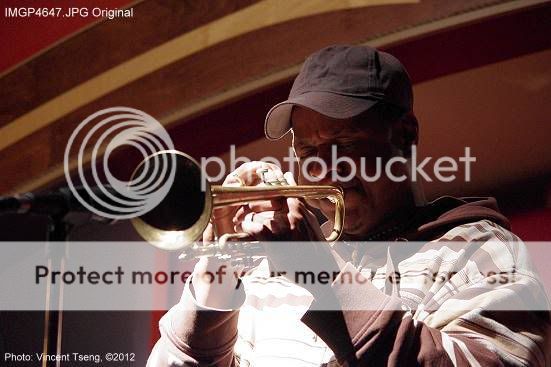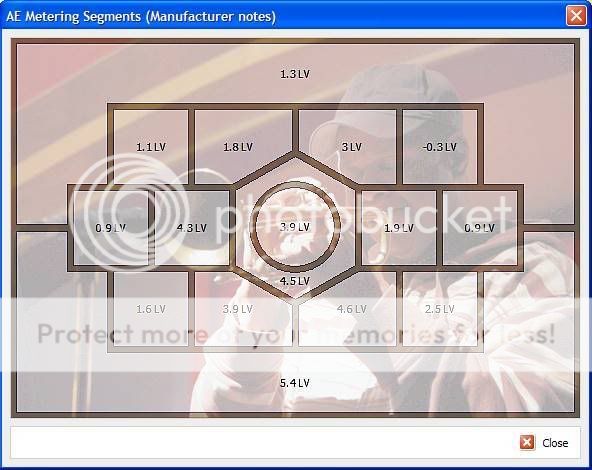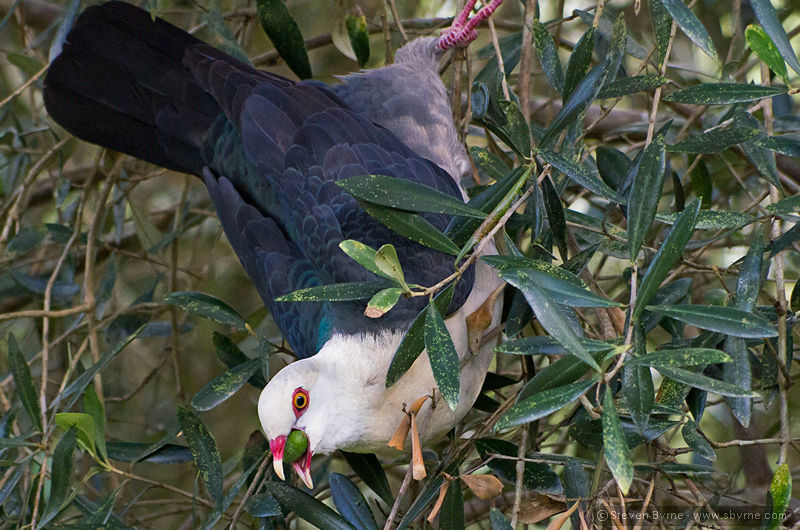 Originally posted by Designosophy
Originally posted by Designosophy 
We all try to take photos that don't need a lot of correction.
But, for example, some of the blown out areas in your jazz club JPEGs could have been fixed if they had been shot using RAW.
Thank you for the advice.
Perhaps a short explanation may be needed -
This is the original JPG - EXIF still attached -

Re-sized with no adjustments to brightness or contrast.
As one can see there is very little highlight that is actually blown out.
Segment metering:

I deliberately brought up the brightness without holding/dodging to allow the highlights to blow out -
to convey the scene -
harsh lighting with face in the shadows
(I could have easily dodged/saved the "blown" highlights -
but for my taste there is no loss of any real important detail,
that almost anyone could have easily figured out) -
Evening out the dynamics contrast is the very
last thing I want to do, nor "fix" them -
so that it ends up looking like a studio shot -
if I wanted that, I'd shoot in a studio.
I am in a dark jazz club with very uneven distributed lighting -
of course that is merely my humble taste and choice to convey it that way,
and I realize it may not suit everyone.
But thank you for your advice.
 Originally posted by Designosophy
Originally posted by Designosophy 
So the question isn't, "Why shoot RAW?"
It's "Why not?"
Not everyone thinks or does the same things -
that's what makes the world go round?


 Similar Threads
Similar Threads 




















 Post #1287 by StephenHampshire
Post #1287 by StephenHampshire








